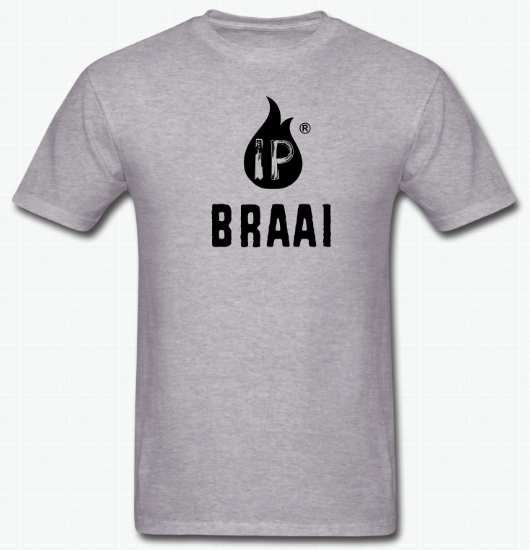Knowing what Intellectual Property (or “IP”) really is and how it could be your greatest asset is essential to any business. We use lekker local products to explain the difference between:
- Trade Secrets
- Trade Marks
- Patents
- Registered Designs
- Copyright
Want more information on Intellectual Property Registration?
Ready to protect your Business?
1. Trade Secrets
When it comes to the recipe for baking a cake, or making boerewors, or crafting a sauce, unfortunately, it’s very rarely possible to protect that recipe with a patent. In most cases this is the job of a trade secret. The bottom line here is to try and keep the recipe secret.
But what if you need to disclose your recipe to a food production company, for example? In an ideal scenario, you could just disclose a portion of the recipe. If that’s not possible, you can put a service level agreement in place as a bare minimum.
A service level agreement is a contractual agreement clearly specifying what the food production company may and may not do and, of course, binding them to keep your recipe confidential.
2. Trade Marks
As a trade secret is not as formal as patent registration, for example, this is an excellent time to start building a strategy to protect the brand. And the best way to protect that brand is with a registered Trade Mark.
A trade mark is a source identifier. It identifies the brand, the business and the origin of a product. And most importantly, it serves as brand protection in your industry and throughout South Africa.
3. Patents
One of the requirements for Patent Registration is that a product needs to be mass-producible. A patent gives you a 20-year monopoly to exclude anyone else from exploiting your invention while that patent is in force. After the 20 years, the idea becomes part of the public domain and anyone can manufacture it.
So during the 20-year monopoly, the patent protects the idea behind the product. Even if someone were to slightly change the shape, they would still, in high probability, be infringing the patent. So no one can copy your idea.
4. Registered Designs
What is the difference between a Registered Design and a patent? Some people call a registered design the baby brother of a patent. It provides a narrower form of protection than a patent. A registered design does not protect the idea behind the product as a patent does. It actually protects the exact shape. Think about a “Chinese copy”.
So if someone makes a significant change to a product, that could potentially bypass the protection of a registered design. This is one of its shortcomings.
5. Copyright
Owning Copyright means that you as the owner or author may have the right to perform certain acts and may exclude other people from performing those same acts. Acts such as reproduction or copying of the work or adaptation of the work.
Not all works are eligible for copyright. There are only specific categories of works that are eligible for copyright, such as literary works (such as a novel or the writings on the back of a product) and artistic works (for example, a painting or logo).
The good news is that copyright vests automatically. You don’t have to register anything!
Conclusion
There are multiple types of intellectual property that could be your greatest asset. Consider your long-term strategy and invest in protecting your brand, idea, product, and company from the “Copy-Cats” out there.
Want more information on Intellectual Property Registration?
Ready to protect your Business?
Interested in our Entrepreneurs Apparel?





